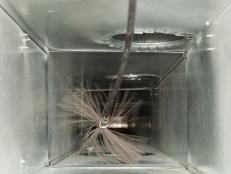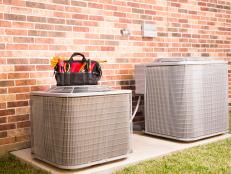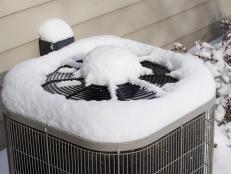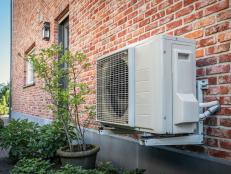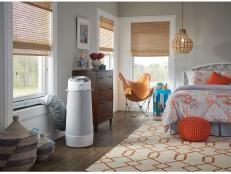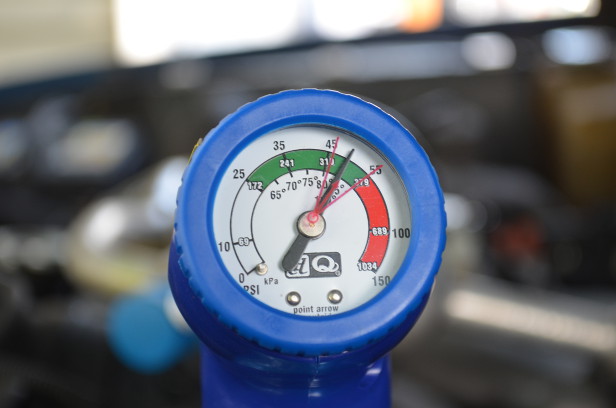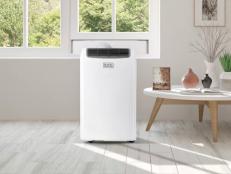Seal Ductwork with Mastic and Mesh Tape
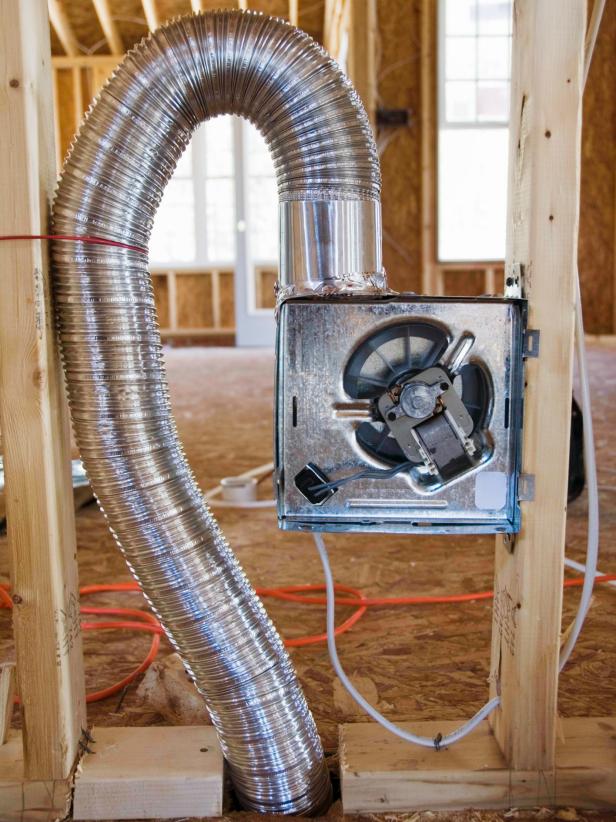
Jupiterimages
Leaks in the heating and cooling duct systems can be frustrating for homeowners who were hoping to have a tight, energy-efficient home. If the ductwork for the home's environmental conditioning system is installed improperly, or if aftermarket products such as whole-home air filters have been improperly installed, it can greatly reduce energy efficiency. Leaky ductwork is a serious defect that can increase the homeowner's energy costs and reduce long-term customer satisfaction.
When the home's duct system isn't properly sealed, carbon monoxide and other toxic fumes that are byproducts of natural gas appliances can build up in the home and create an unhealthy and potentially lethal living environment. Another problem occurs when noxious fumes from common household items, such as cleaners, solvents, fertilizers and paints, are drawn into the home's return system through poorly sealed joints. Once these smelly and potentially dangerous fumes are drawn into the duct system, they can be circulated and recirculated through the home.
While most builders understand the importance of properly installing the duct system, the actual work is done by the HVAC contractor. To make sure that all ducts are properly sealed and that the home will perform at optimum efficiency, it's up to the builder to closely and critically inspect the duct installation.
Mastic is a gummy substance that has been used since the Roman era, but only recently was modified for residential construction purposes. There are several kinds of mastic available today, both water-based and solvent-based. Although each works well, water-based mastics tend to release fewer fumes, which can be helpful when working in tightly confined spaces. Look for mastics with a low flame spread and smoke-developed rating. For most jobs, builders will want to make sure that the mastic they use is UL 181-rated. UL 181-rated mastic is proven to be more flexible, adhere better to ducts, and last longer than other mastics.
Here are some key steps the HVAC contractor or remodeler should follow:
- Make sure the joint area has been wiped clean to remove particles and dust before applying mastic. If the joint isn't clean, the mastic won't create a tight seal.
- Apply enough mastic to form a continuous coating on the surface of the duct. Use a brush, trowel, gloved hand or caulking gun to apply the mastic. A cheap paintbrush can work well, but many people find it faster and easier to simply use their hands to scoop out mastic. If the trade contractor prefers this method, make sure that they're wearing heavy rubber gloves that won't tear if pressed against a sharp edge of sheet metal duct.
- Work the mastic into the joint or crack and press lightly to get an even coating. There should be at least a 1/2-inch overlap around any joint, crack, or hole in the duct.
- Use a mesh tape to reinforce the mastic coating on areas where there's a gap of 1/4 inch or more. This is especially important if the area being sealed is a joint that will be under stress. It's always important to make sure the tape used for sealing the joints is designed specifically for mastic being applied.
Duct tape shouldn't be used to seal ducts. Over time, the conventional tape will dry, crack and eventually give way to costly air leaks. Because many of the joints in a home's HVAC system are inaccessible after the insulation and drywall are installed, repairing a leaky duct system can be difficult and expensive.
By making sure that the HVAC contractor properly applies mastic and UL-181 rated tape to every joint in the home's duct system, builders can greatly improve the energy efficiency of the home and help ensure the future health and safety of their customers.






